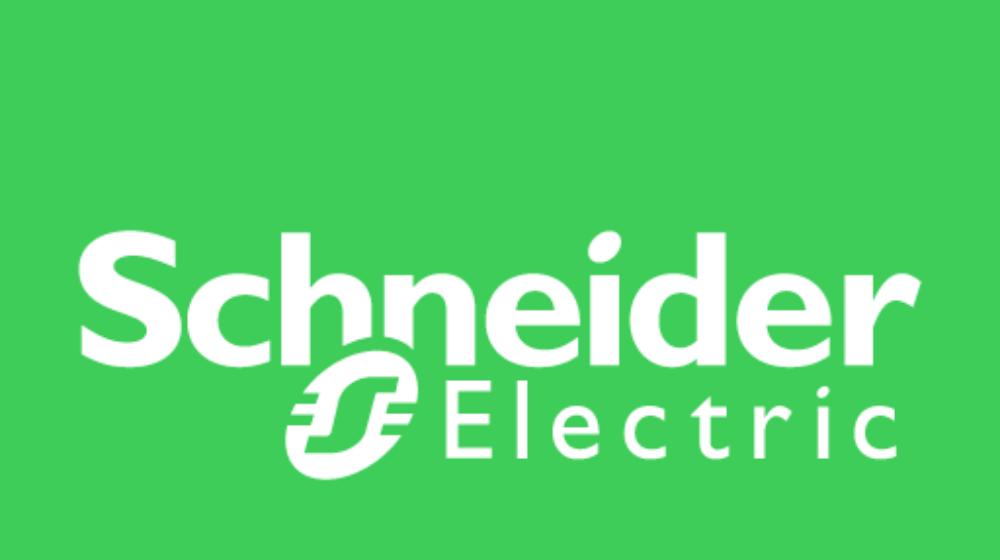To professionals and tradesmen working in the buildings industry, the SANS 164-2 is old hat; it’s been around as early as 2000 and features a myriad of safety and usability benefits that sets it apart from the well-known large triangular profile (SANS 164-1) of electric socket outlets seen in most buildings.
The ZA Plug design mirrors the hexagonal profile of the Europlug with an added third pin which is in line with the standard set by the International Electrotechnical Commission.
Considering the ZA Plug meets international standards, and, in fact, some would argue sets a new standard in socket usability and safety, why the sluggish adoption? For one, many buildings still use the old triangular sockets and the adage if it ain’t broken, don’t fix it couldn’t be more apt.
In fact, some estimate it will take South Africa up to 10 years to completely switch over. Part of the problem is South Africa still allows a smorgasbord of plugs in homes and other buildings completed before 2018.
Currently, regulations require that the ZA Plug must be used in new buildings and on appliances. However, and this is some good news, South Africa’s wiring code was amended in 2018 and now stipulates that when sockets are replaced due to failure or renovation, it must contain at least one ZA Plug.
There’s no contest
We’ve made a strong case for the ZA Plug but in the real world why should you switch over and quicker adoption encouraged?
For one, the old three-pin plug sockets which we’ve been using for decades; in fact South Africa adopted these plugs, known as the SANS164-1, from the British in the 1950s, can’t keep up with various two-pin plugs requirements such as cell phone chargers. This means South African are using more adapters, increasing the risk of fires, short circuiting, and malfunction of appliances.
Also, South Africa has an on/off switch that comes with the sockets and has thankfully been standard in our homes for years. However, design of the old three-pin plug doesn’t it lend itself to safe handling, if one simple pulls out the plug (from the socket) without first switching it off, you run the risk of touching the live prong and subsequent injury.
The new ZA Plug (SANS 164-2) mitigates the above and offers the following important benefits:
- Cell phone chargers and devices using Europlugs fit into ZA Plug socket; its closer to the power source, without the need for an adaptor.
- The smaller ZA Plug format can safely accommodate up to four outlets per wall mounted socket, doing away with the need for multi-plug adaptor strips.
- The ZA Plug socket uses smaller holes, is recessed, makes it impossible to touch the active pins (L&N) on plug entry or withdrawal. This makes it one of the SAFEST plug and socket configuration in the world. Safety shutters are also incorporated, in this way it is very difficult, if not impossible, so no fingers particularly little ones or small objects to be inserted, thereby greatly reducing the likelihood of electrocution.
- ZA Plug is not as bulky than the standard triangular three-prong plug, taking up less space and weight in transporting appliances.
At Schneider Electric our Iconic, Combo socket-outlet and the Quad socket is a prime example of the benefits of using the ZA Plug design. It features two sockets encapsulated in a great design that is not safer and easier to use but also compliments building aesthetics.
ends




